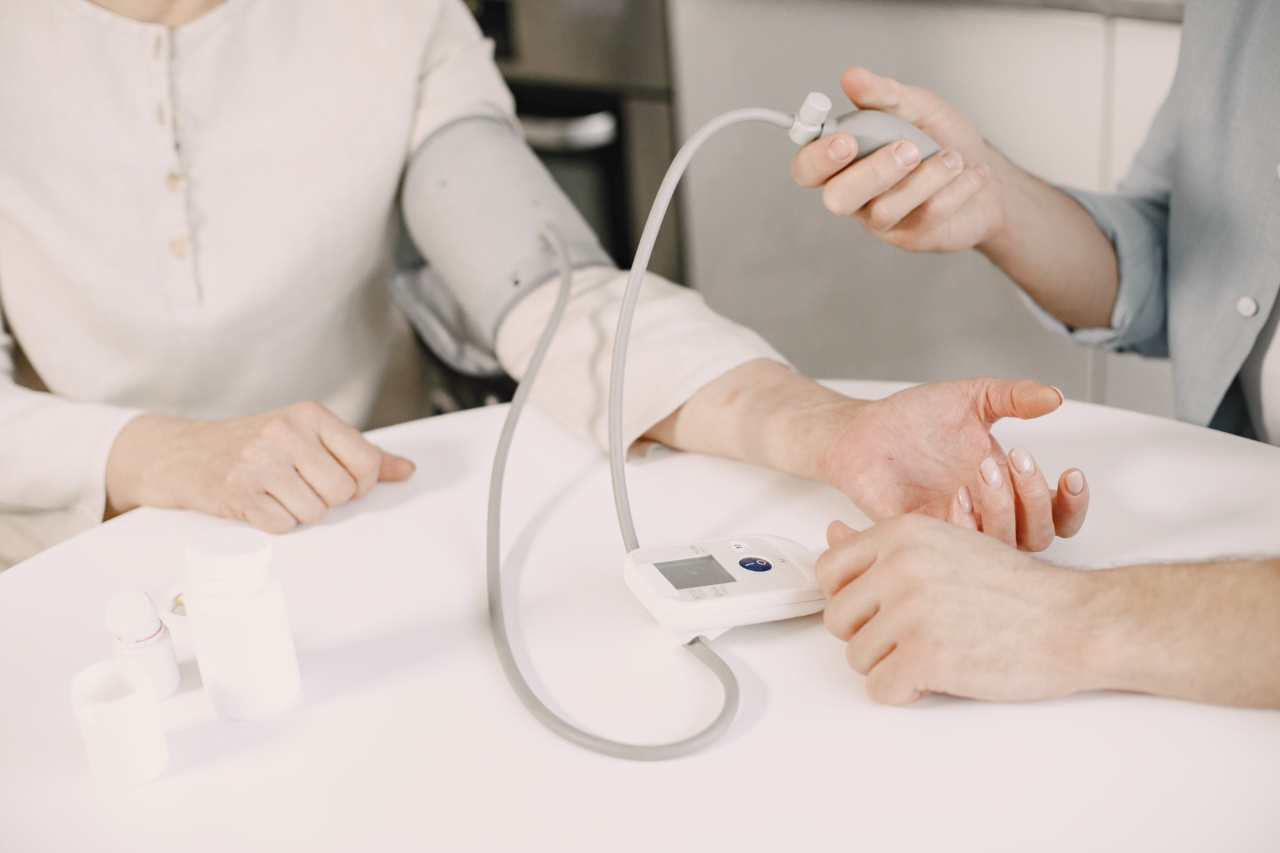Measuring your blood pressure at home can be an effective way to monitor your overall health. However, it is important to take accurate readings to ensure that your measurements are reliable.
There are some common mistakes that people make when measuring their blood pressure at home, which can lead to inaccurate results. In this article, we will discuss some of the most common mistakes people make when measuring their blood pressure at home, and provide tips on how to avoid them.
Using the Wrong Cuff Size
One of the most common mistakes people make when measuring their blood pressure at home is using the wrong cuff size.
This can lead to inaccurate readings, as the cuff size must be appropriate for your arm size to ensure that it is measuring your blood pressure correctly.
To determine the correct cuff size, measure the circumference of your upper arm at the midpoint between your shoulder and elbow. Use this measurement to choose the appropriate cuff size for your blood pressure monitor.
If you are unsure which size to choose, consult the manual that came with your monitor or ask your healthcare provider for advice.
Talking or Moving During the Measurement
Another common mistake is talking or moving during the measurement. This can cause your blood pressure to temporarily increase, leading to inaccurate readings.
To avoid this, make sure you are relaxed and sitting quietly before taking your blood pressure measurement. You should also avoid talking or moving while the measurement is in progress.
Taking Readings Too Close Together
Some people take blood pressure readings too close together, which can cause inaccurate readings. It is recommended to wait at least 1-2 minutes between readings to allow your blood pressure to return to its normal level.
If you are taking multiple readings, wait at least 5 minutes between readings to ensure accurate and consistent results.
Not Taking Enough Readings
Another common mistake is not taking enough readings. It is recommended to take several readings over a period of time to get an accurate picture of your blood pressure.
Most healthcare providers recommend taking readings twice a day, at the same time each day, for at least one week. This will provide a better understanding of your overall blood pressure levels.
Measuring at the Wrong Time
The time of day when you measure your blood pressure can also affect your results. Your blood pressure may be lower in the morning and higher in the evening, which can lead to inaccurate readings if you only take measurements at one time of day.
Try to take measurements at the same time each day to get a more accurate picture of your blood pressure trends. If you are unsure of the best time to take your measurements, consult your healthcare provider for guidance.
Using an Old or Inaccurate Monitor
Using an old or inaccurate blood pressure monitor can also lead to inaccurate readings. It is important to ensure that your monitor is in good working order and calibrated correctly.
If you have been using the same blood pressure monitor for a long time, consider replacing it or having it checked for accuracy by a healthcare professional.
It is also important to follow the manufacturer’s instructions for use and maintenance to ensure the best results.
Not Recording Your Readings
If you do not record your blood pressure readings, it can be difficult to track changes over time.
It is important to keep a record of your readings so that you can monitor your blood pressure trends and share this information with your healthcare provider if necessary.
You can use a notebook, smartphone app, or other tracking tool to record your readings.
Be sure to record the date, time, and any other relevant information, such as recent activities or medications taken, to help you and your healthcare provider better understand your readings.
Not Consulting with Your Healthcare Provider
It is important to consult with your healthcare provider before measuring your blood pressure at home.
Your healthcare provider can help you choose the best blood pressure monitor for your needs and provide guidance on how to take accurate and reliable readings.
Your healthcare provider can also help you interpret your readings and recommend any necessary lifestyle changes or medications to help you manage your blood pressure.
Conclusion
Measuring your blood pressure at home can be a helpful tool in monitoring your overall health. However, it is important to take accurate readings to ensure that your measurements are reliable.
By avoiding common mistakes such as using the wrong cuff size, talking or moving during the measurement, and not recording your readings, you can ensure accurate and reliable blood pressure measurements at home.






























